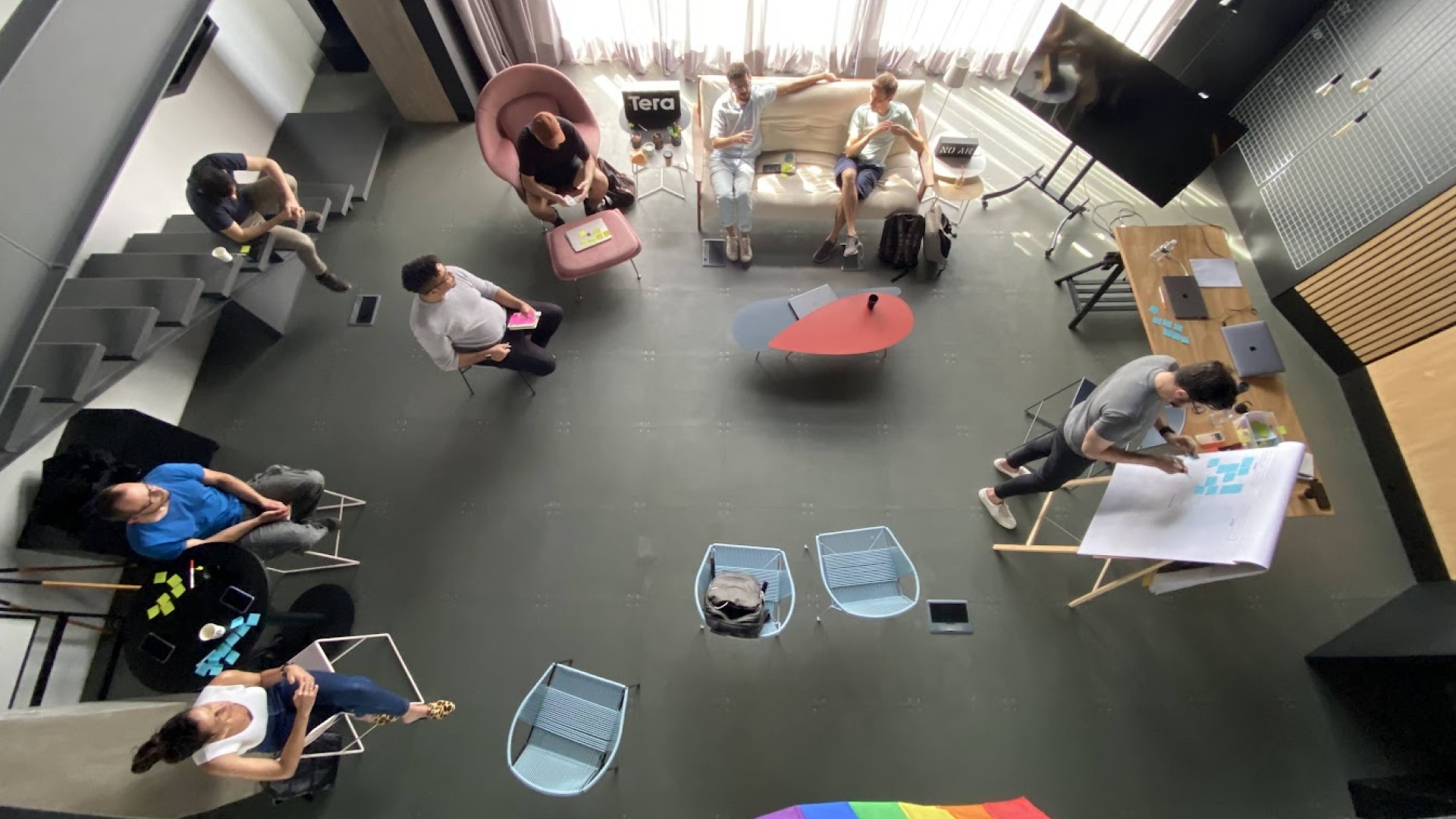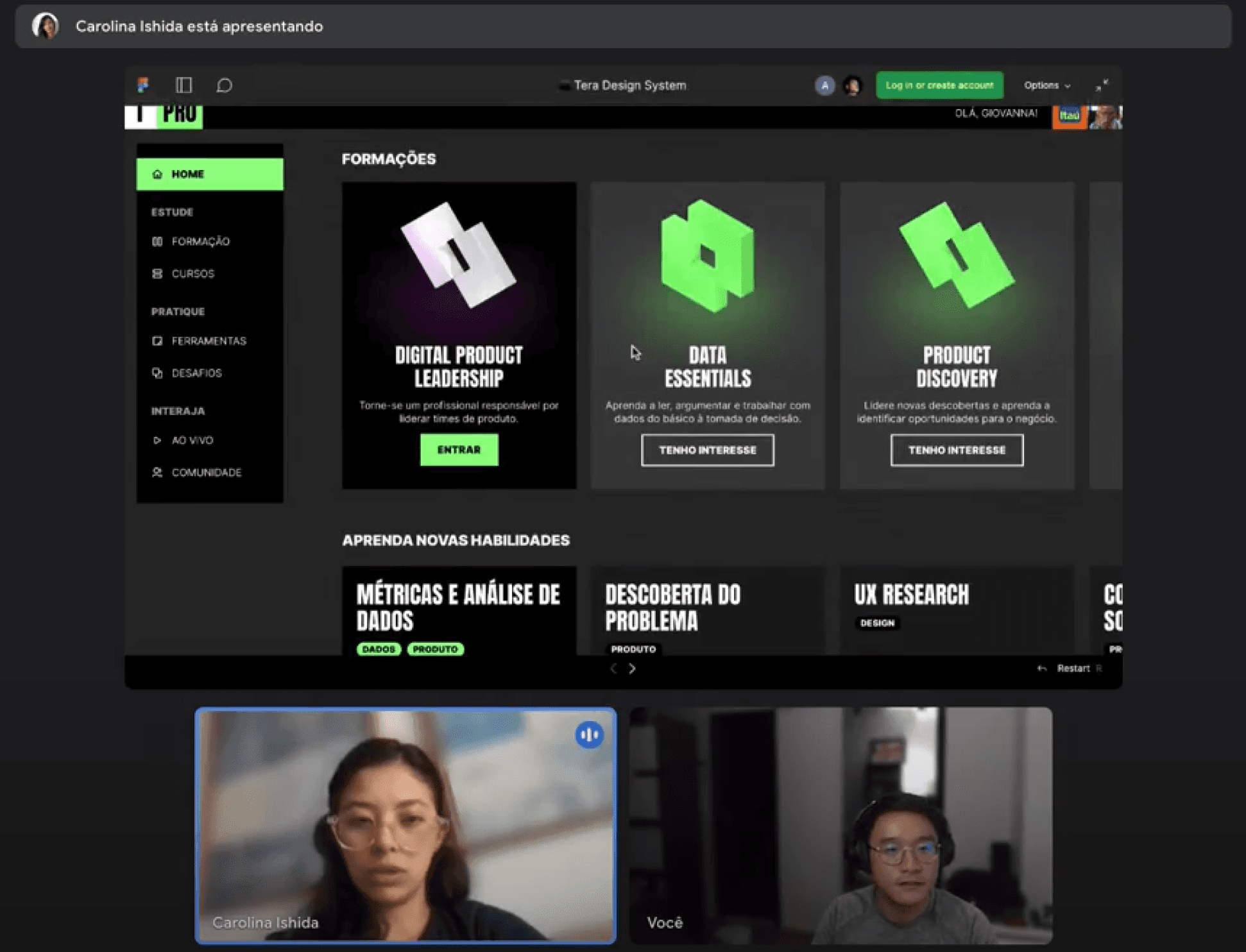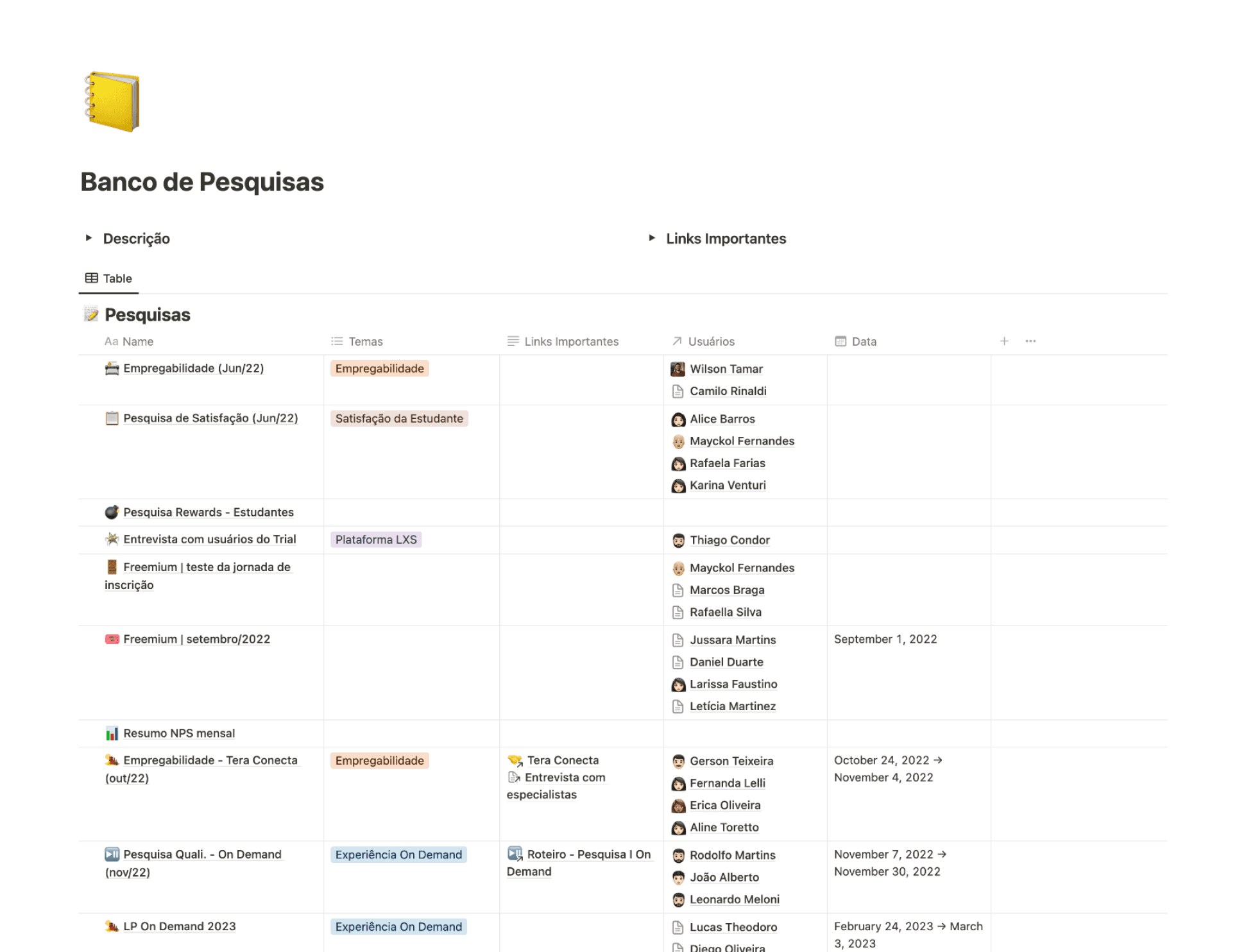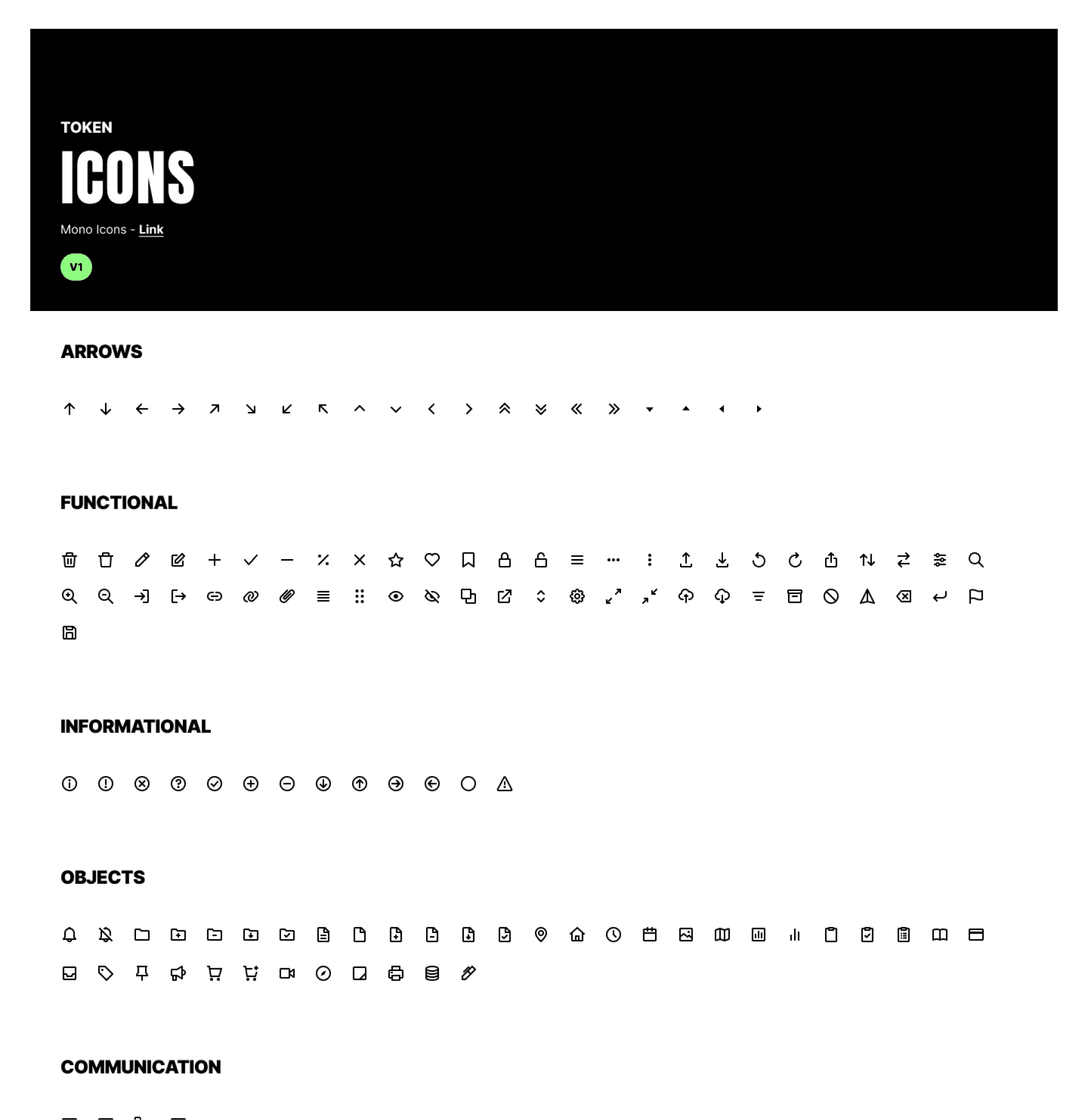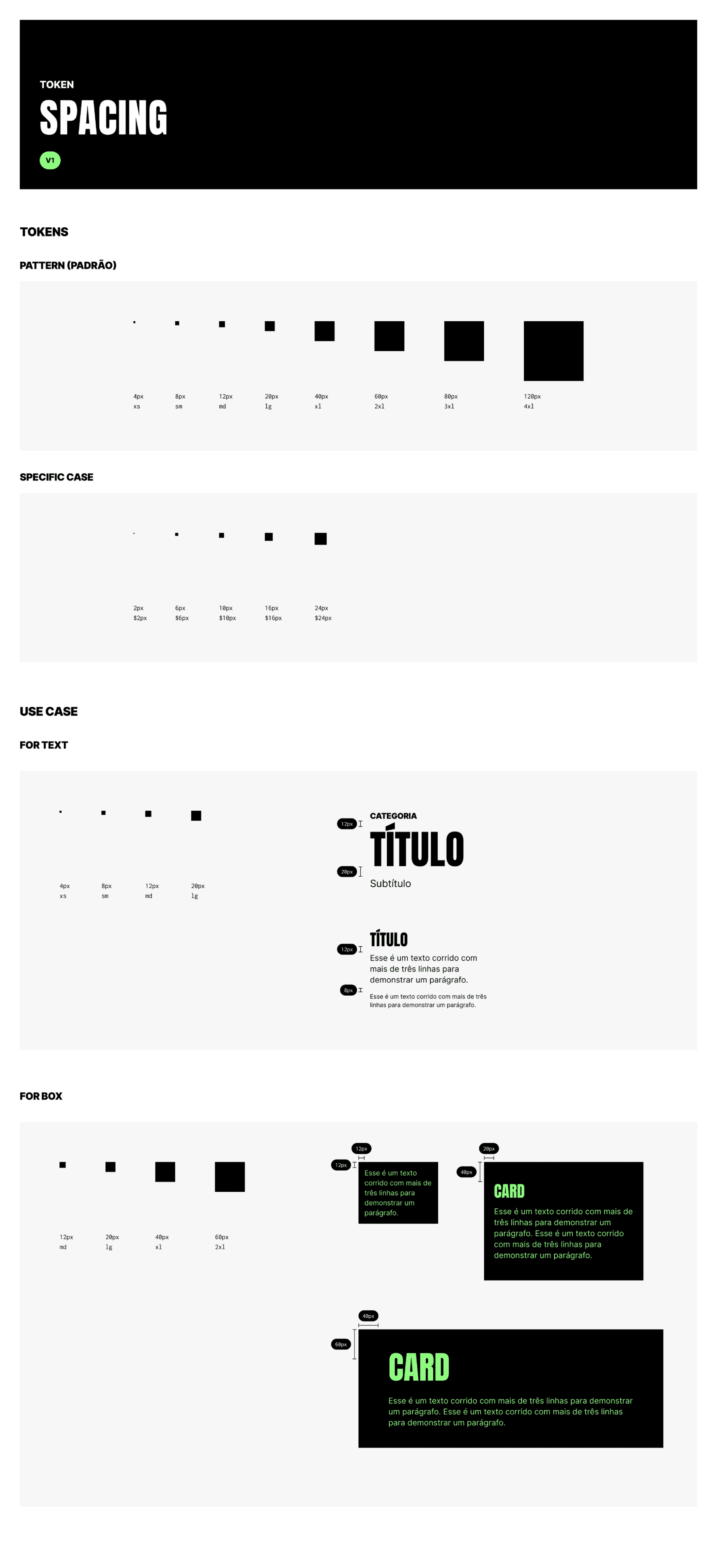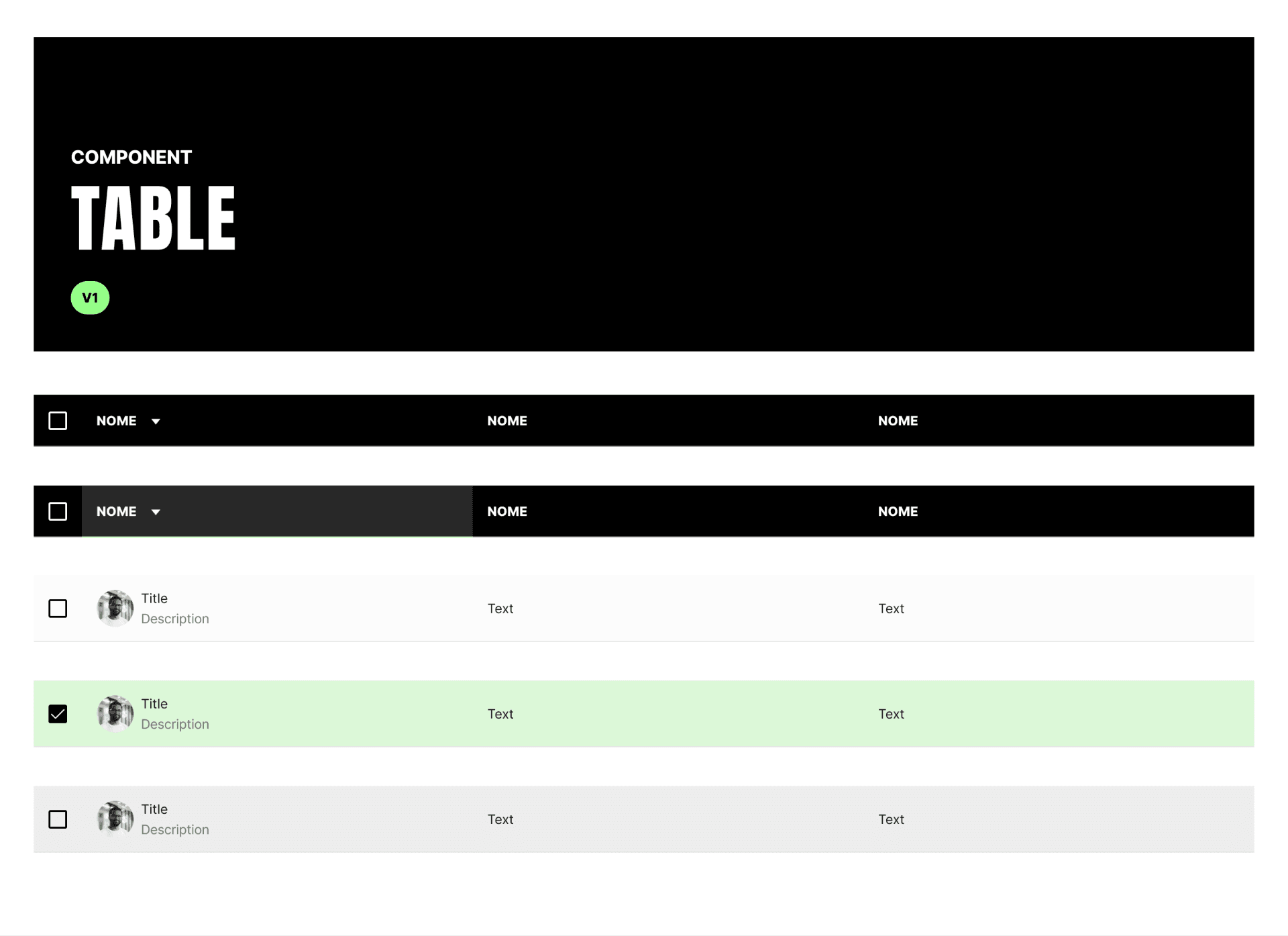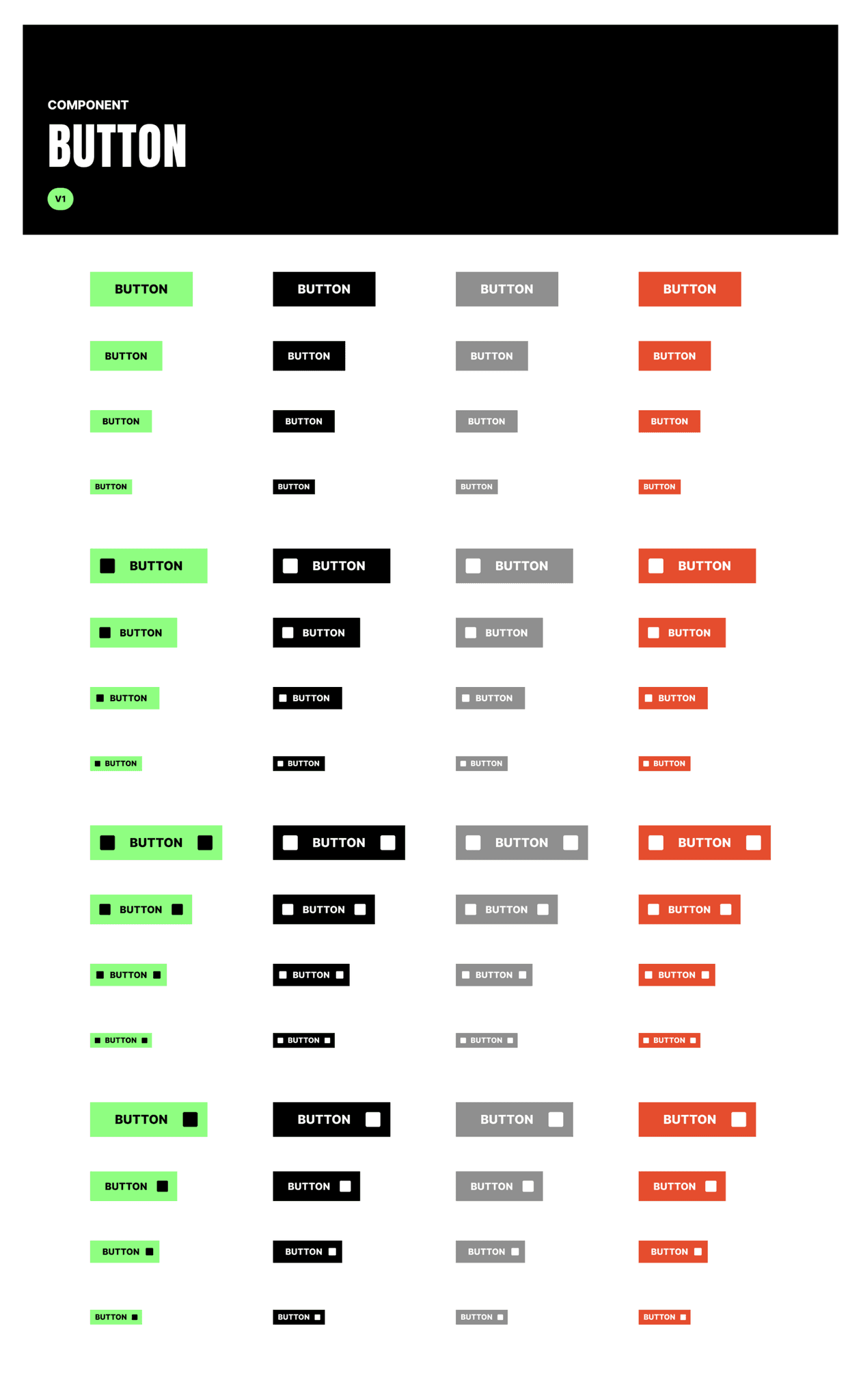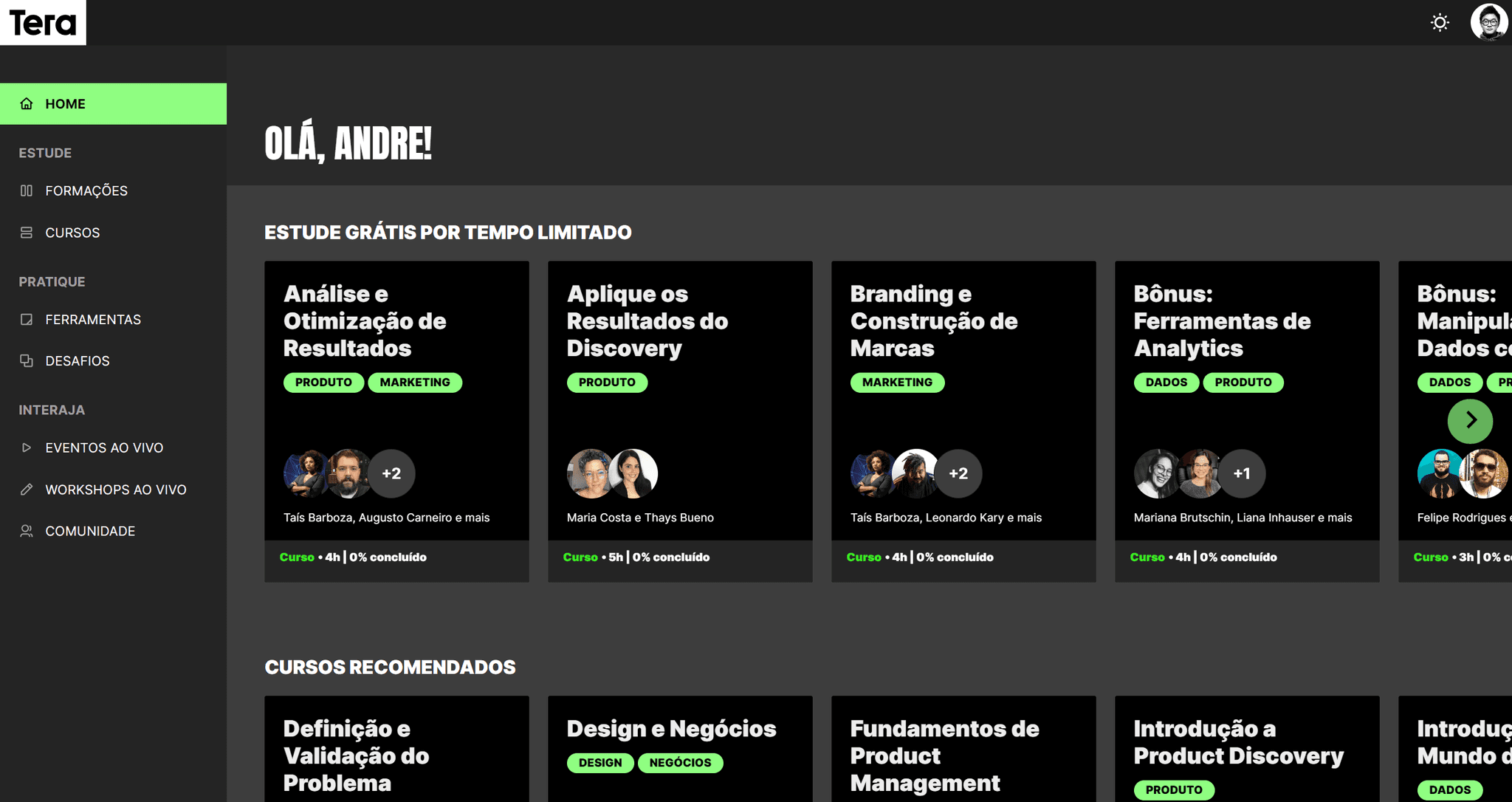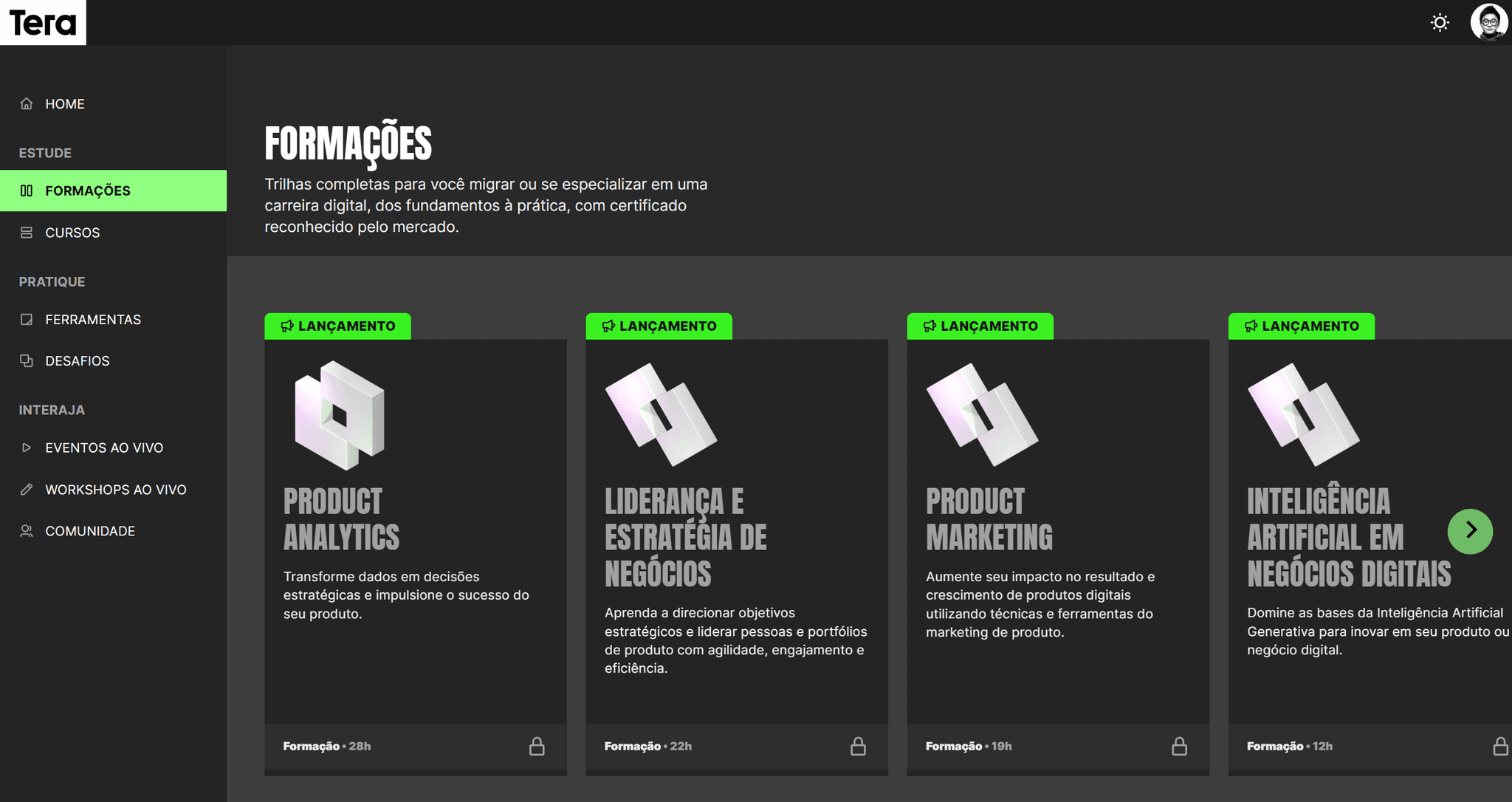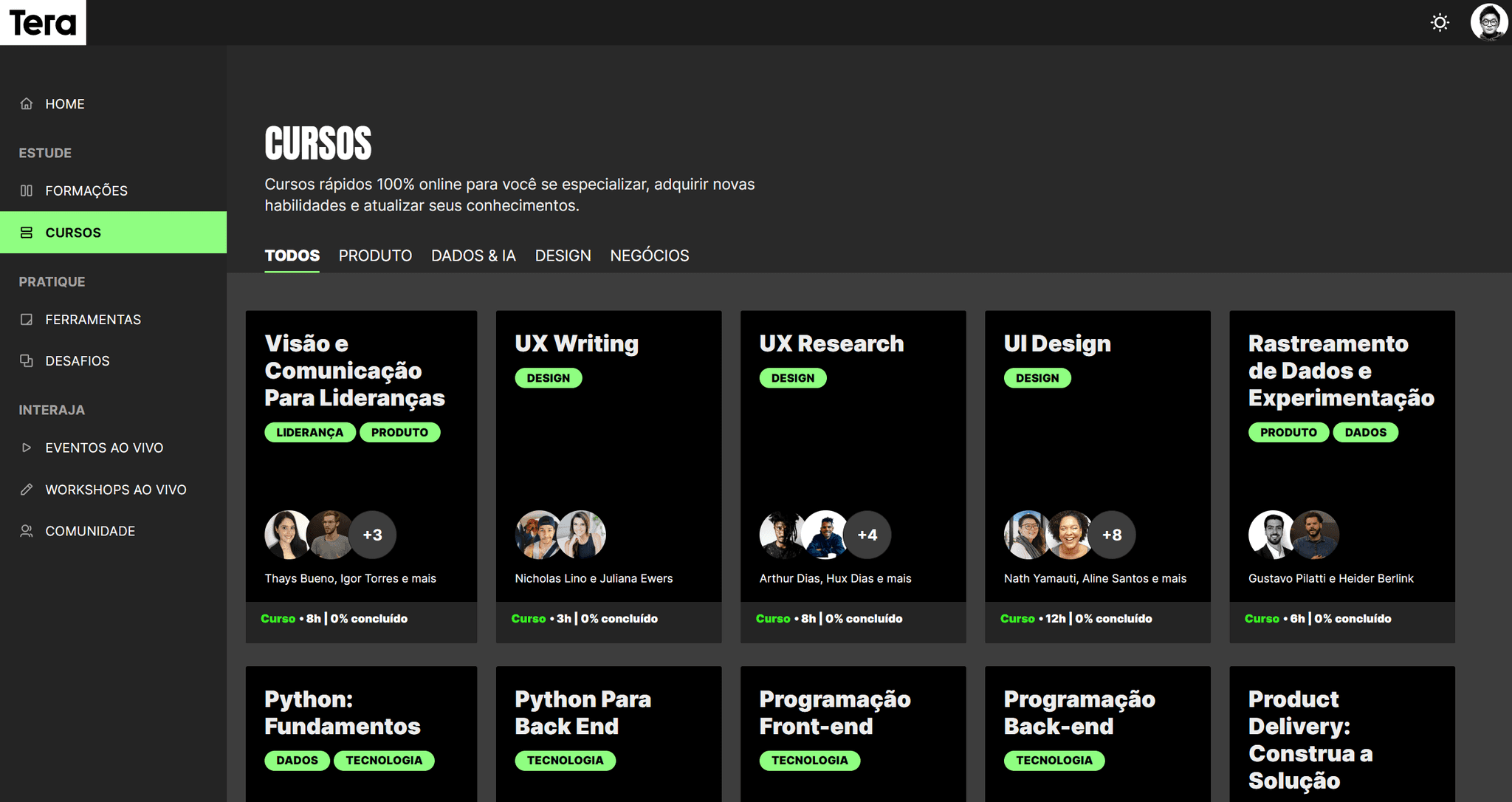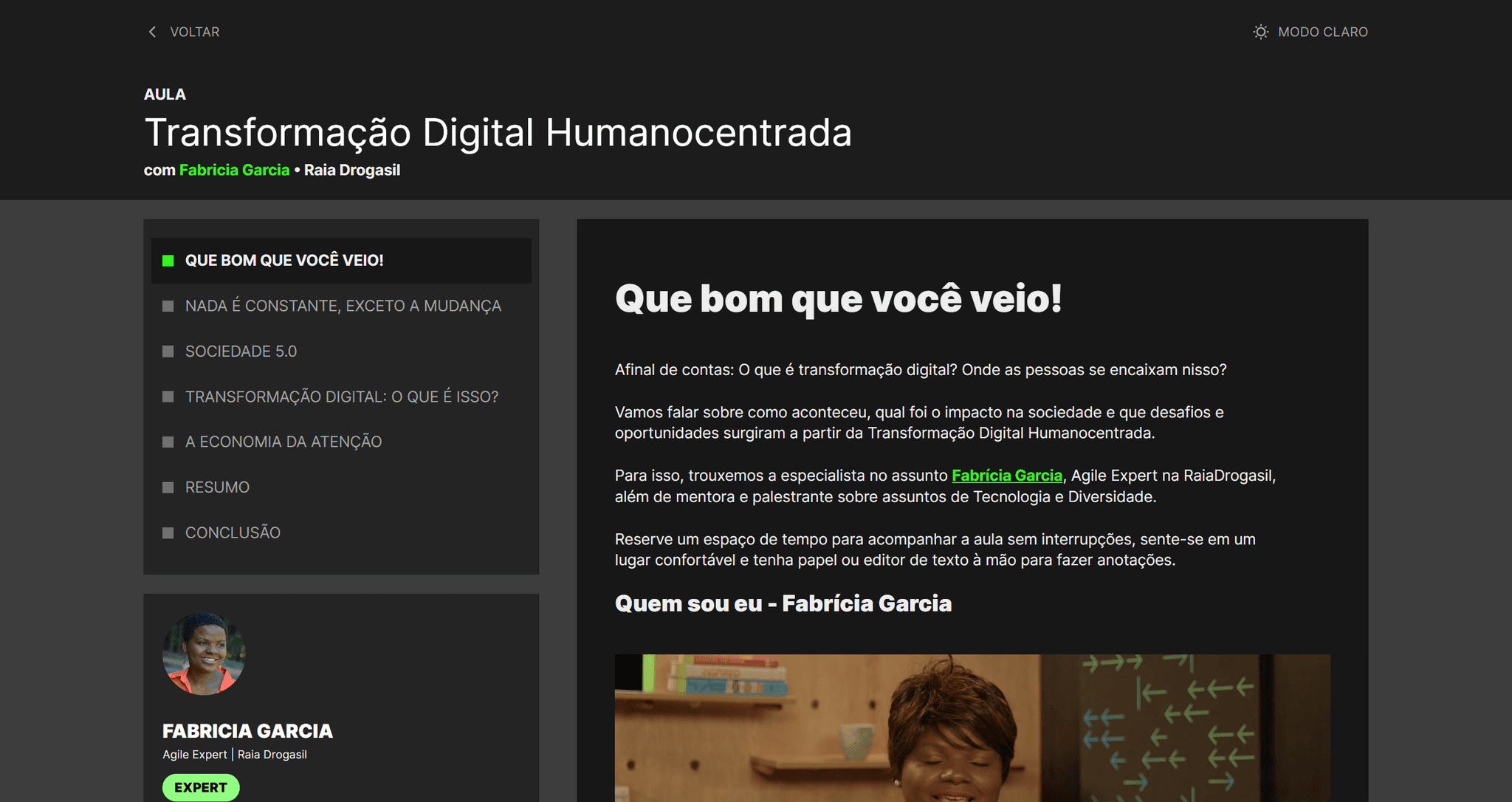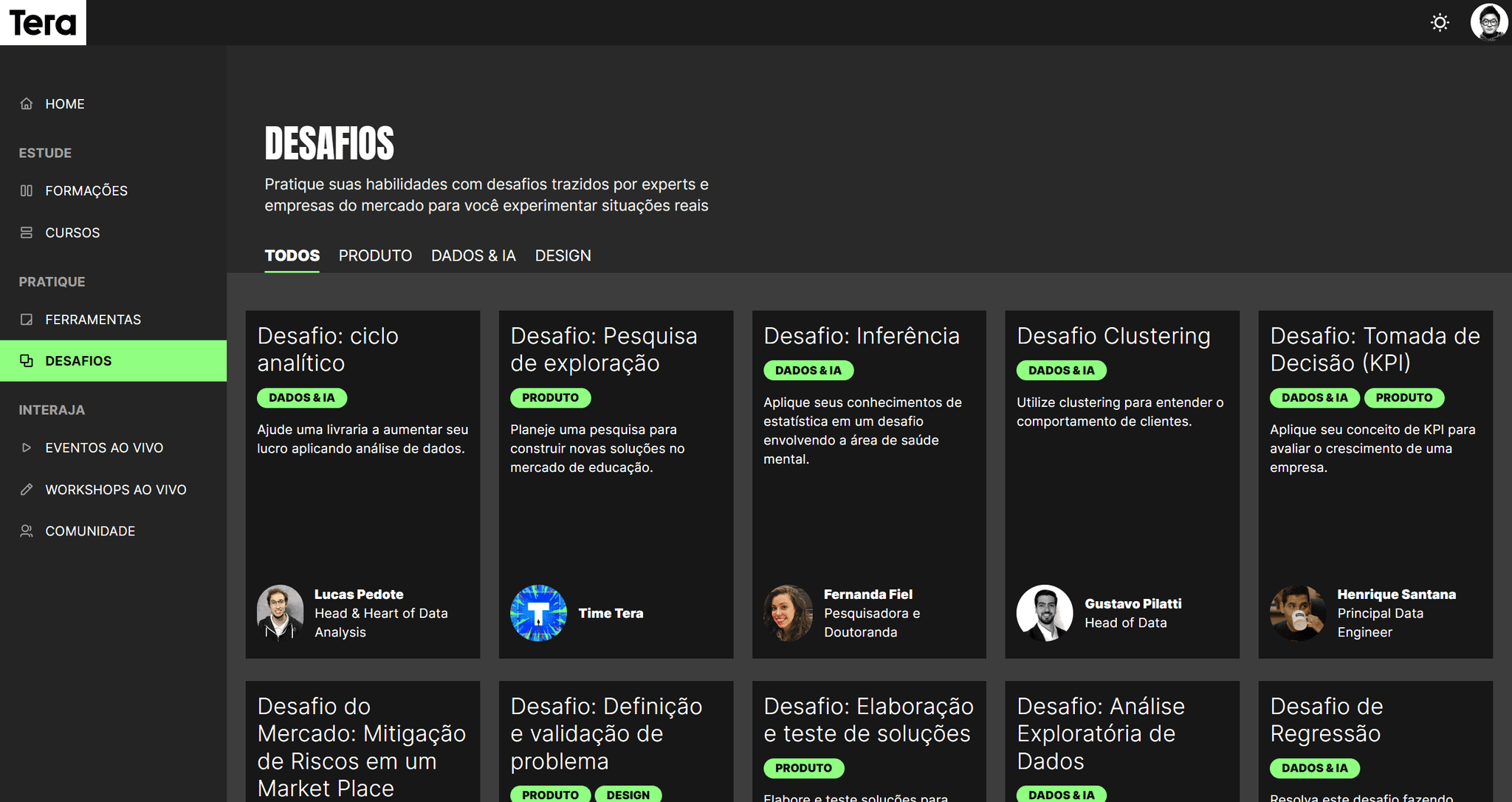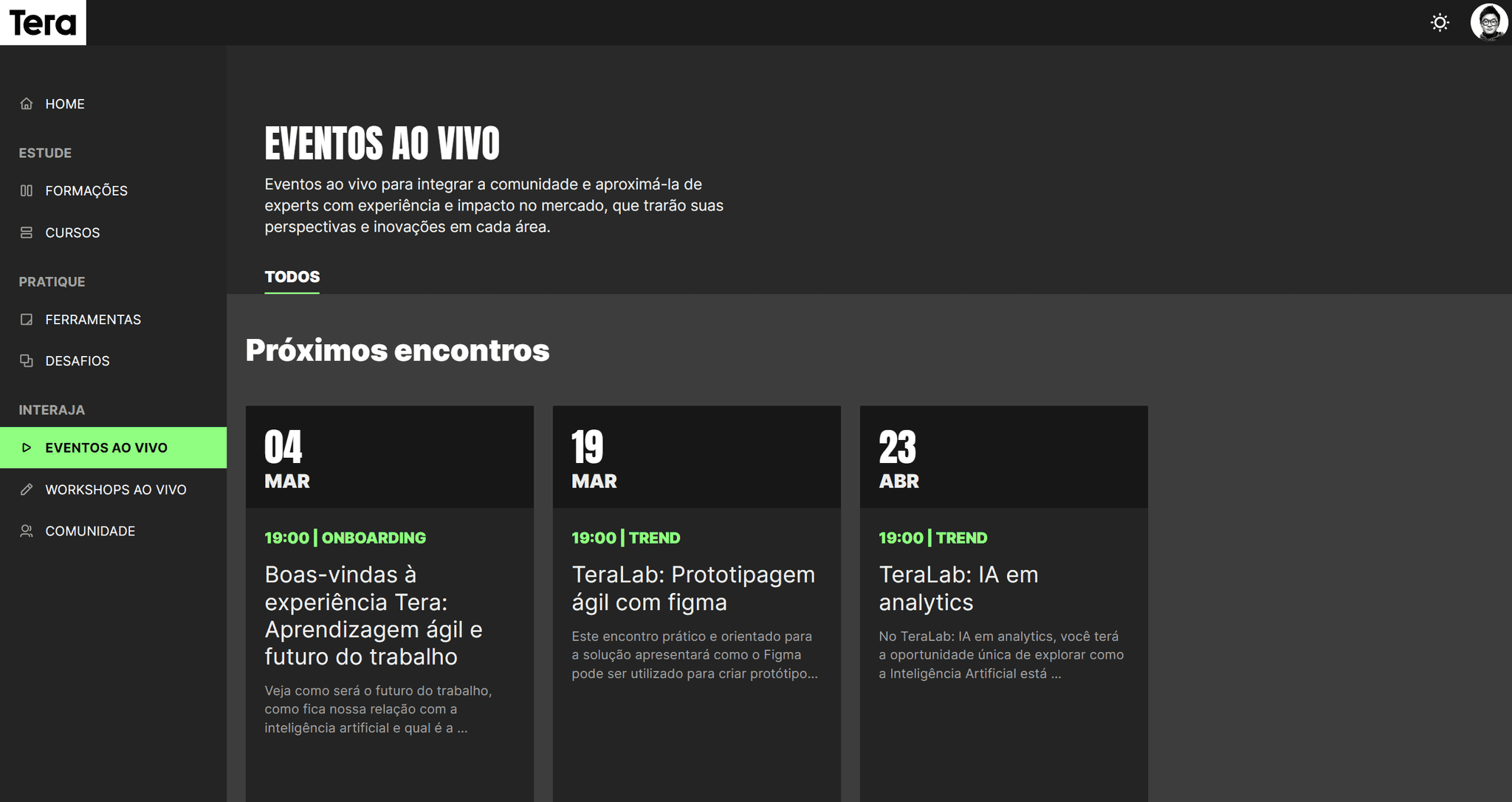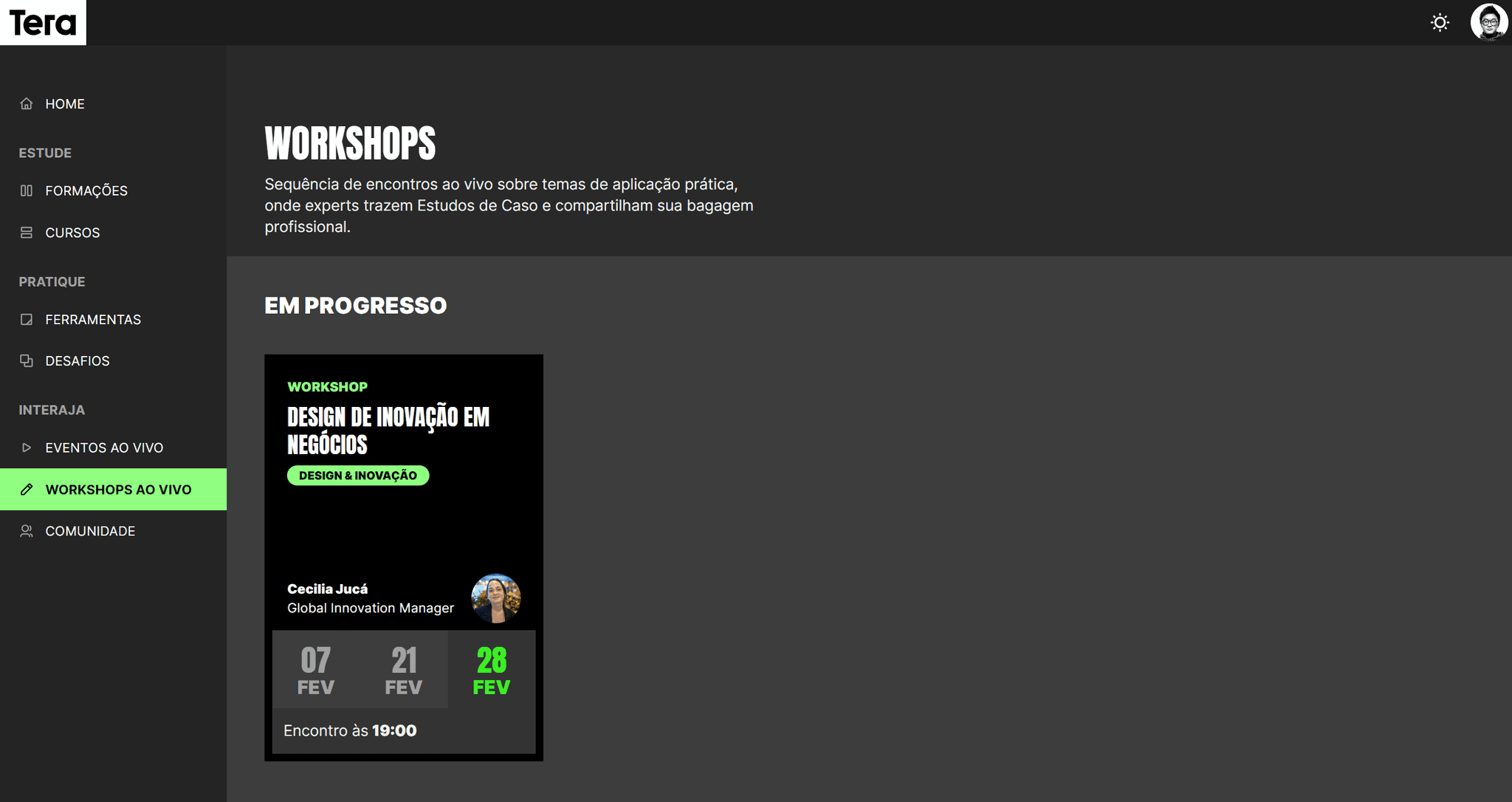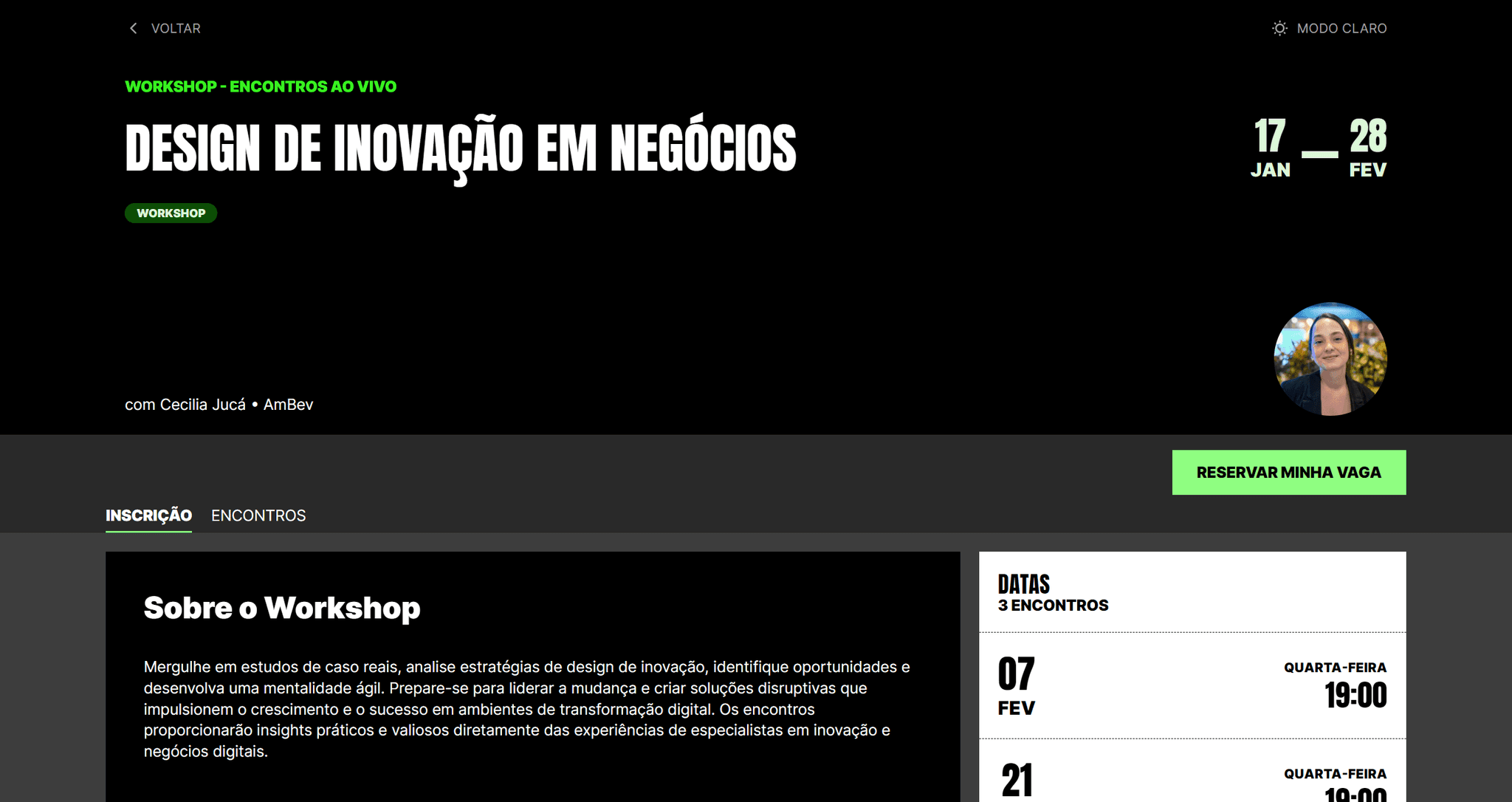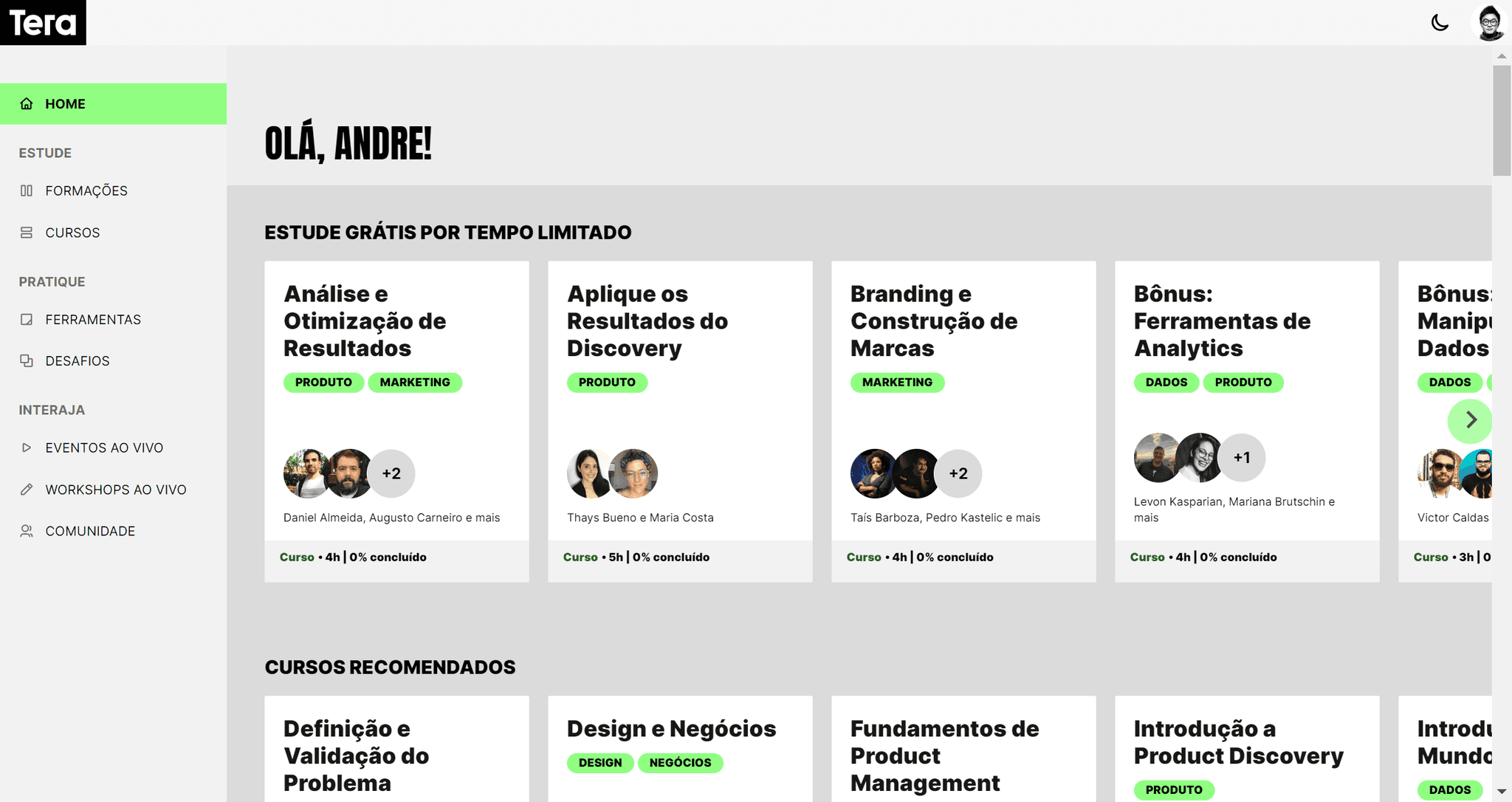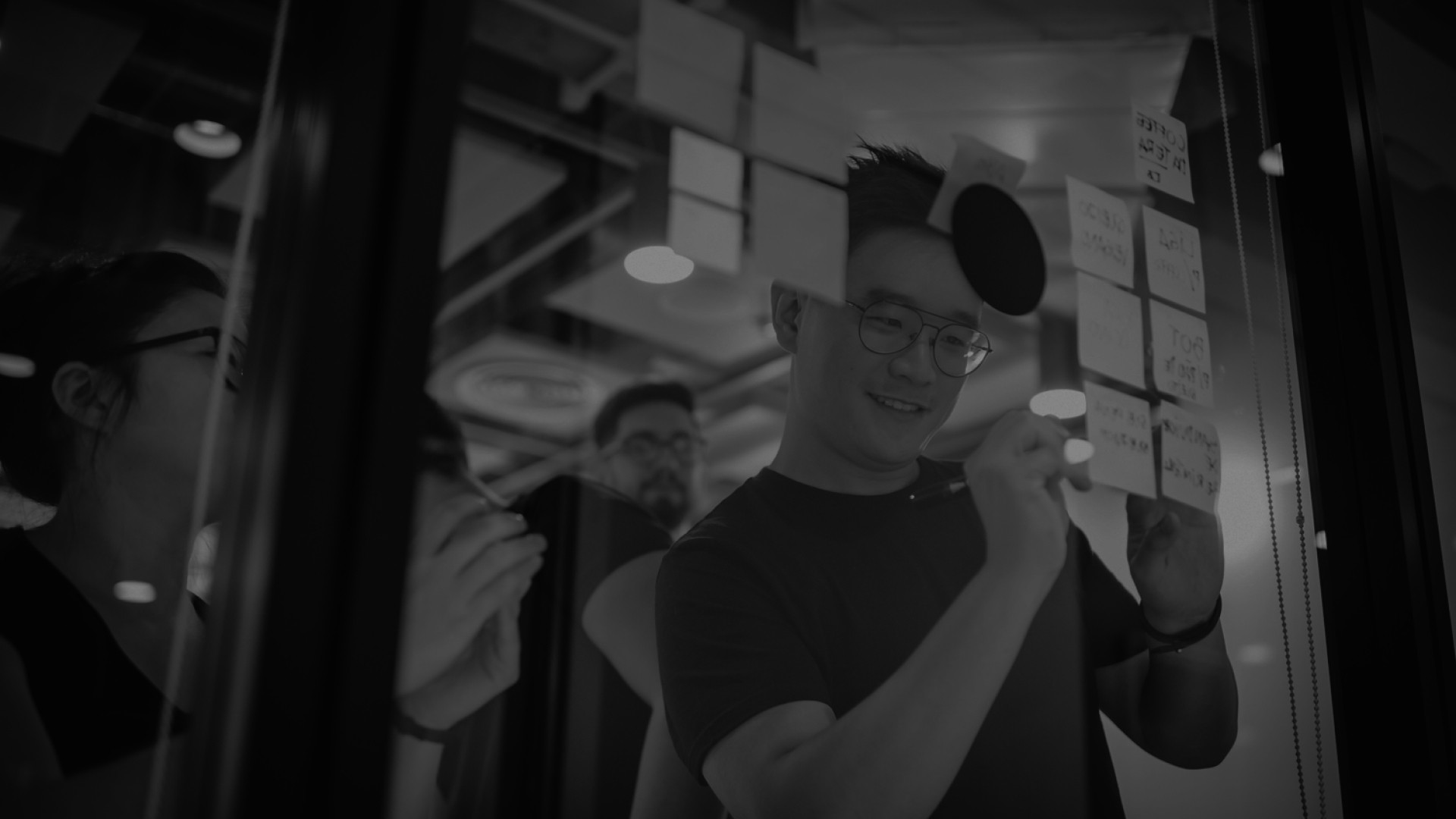
Tera
How to scale education in 2023 and make it more accessible and profitable for the company
Tera Platform
Company
Tera
When
2023
ROLE
Design Sprint Facilitator
Product Designer
Front-end developer
Platform
Web and Mobile Web
goal
The goal was to scale education in 2023, making it more accessible and profitable for Tera. This involved creating a full platform education based in recorded classes, live workshops and mentorships sessions, enhancing the learning experience for our students.
context
Tera was at a crucial point, trying to expand its cohort-based education in a changing world. The leaders decided to build an educational platform, aiming to keep Tera’s high standards. With the pandemic changing how people learn, many were looking for options beyond just being in a classroom or on a live video. We had a lot of good recorded content, so we thought of mixing that with live workshops and mentorships to create a new kind of learning experience. This way, we could meet learners' new needs while making the most of what Tera already did well, ensuring both quality and wider access as we grew.
process
The process of developing the Tera Platform was strategic and iterative, designed to address the dual objectives of scalability and maintaining educational quality. We structured our approach into five distinct phases, each serving a critical role in shaping the final product. This journey from concept to realization involved:
Co-creation
Prototyping
Validation
Iteration
Building
workflow
Co-creation
The journey began with a design sprint, drawing together key leaders to brainstorm initial ideas. This phase was about laying the groundwork, defining the business value, and sketching out the first visual concepts. Personal anecdotes from these sessions can highlight how collaboration sparked innovation.
Prototyping
During the prototyping phase, we actively engaged with our leadership in workshops to develop the initial prototypes, encapsulating our vision for the platform's functionality and design. These early prototypes were then tested with potential customers and former students, providing invaluable feedback on their practicality and user appeal. This direct engagement with our target audience allowed us to refine our concepts based on real-world insights, ensuring the platform was developed with a user-centric approach from the outset.
Validation and Iteration
January and February were months of rapid evolution, marked by a continuous loop of building, testing, and refining. Detailing the challenges of aligning terminology and adjusting the visual identity based on user feedback can showcase the adaptability and responsiveness of the team.
Building
The construction of a new identity and a Design System was pivotal. Describing your role in integrating these elements into the development process, especially your contributions as both a designer and a developer, can underline the interdisciplinary collaboration essential for the project's success.

Prototype
